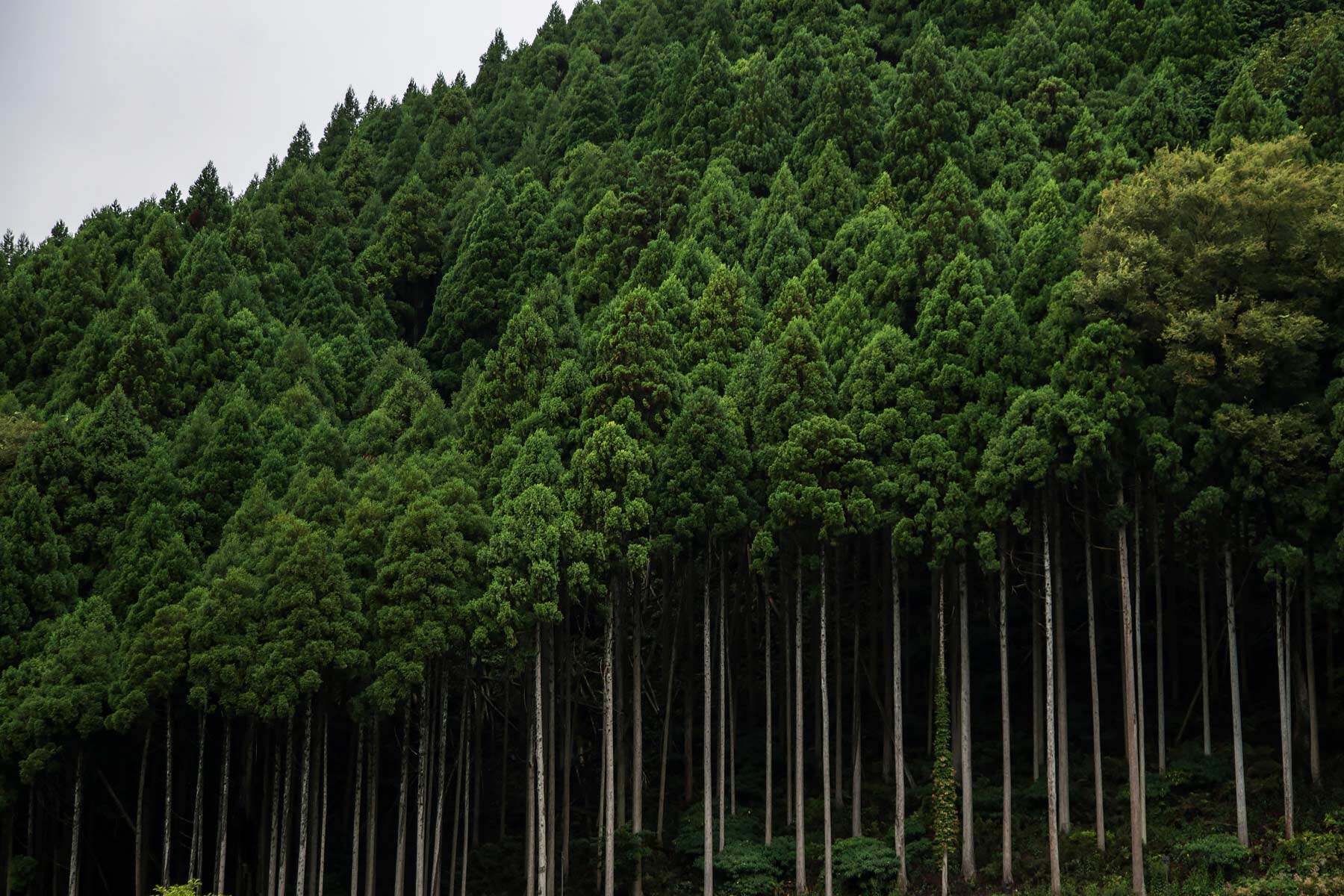After we bought our house 15 years in the past, I used to be thrilled to see a newly planted persimmon tree in the front yard. I have waited and waited, and up to now our tree has produced only one fruit, and that was half eaten by birds once i found it. It seems my tree had a common problem: It was planted too deeply.
Fall is among the finest times to think about planting new bushes, significantly natives. It looks as if the easiest thing on this planet to do. However one of the most typical calls that the Marin Grasp Gardener help desk will get is from individuals who wish to know why their younger tree planted only a few years in the past has by no means thrived and is dying. You dig a hole and put the tree in it. It is commonly decided (by inspection of the planted or uprooted tree) that it was planted too deep.
It turns out there may be plenty of precision required to plant a tree accurately.
My tree reveals some telltale indicators that a tree has been planted too deeply. It has struggled to develop and has by no means been vigorous, with few and infrequently discolored leaves. I’d see new growth in the spring, 樹木医 植栽 東京 but then it will die again during the stress of summer. Persimmons ought to grow about 1 to 2 toes a yr: Mine has grown about three feet in 15 years. The largest giveaway is that the basis flare isn’t seen on the tree; it seems to be like a pencil stuck into the bottom.
The foundation flare is the point the place the woody tissue on the tree’s important stem turns into roots. Though we could just see woody material, the stem and roots are different and have developed to stay in two completely different situations.
Roots thrive within the warm moist situations of the top 2 ft of soil where the most oxygen can be found. About 80% of the roots of a tree are in the top two 2 feet of the ground. The roots are a vascular bundle of phloem and xylem surrounded by a cortex.
The tree stem is made up of concentric layers with a core of pith and heartwood surrounded by sapwood. Around it is a vascular cambium tissue that transports nutrients and water, and the whole is encased in a dwelling internal and useless outer bark. The bark’s job is to maintain water in and to keep things which will assault the tree out.

When a younger tree is planted too deeply, the thin younger bark, which has not had the time to develop a thick outer bark, might deteriorate. Moist soil is stuffed with micro organism and fungi that will eat away at the tree until it reaches and perhaps infects the very important cambium layer.
One other situation with bushes planted too deeply is that roots develop horizontally or downwards. This outcomes from a plant hormone in the roots called auxin, which bends roots in response to gravity in a course of generally known as gravitropism. Since we know that the majority roots grow in the highest 24 inches of the ground, each inch a tree is planted too deeply means lowered root unfold in the soil with the most oxygen. Because of this, roots don’t develop upwards.
Girdling roots could also be seen at floor level but are extra seemingly to hide beneath the soil floor if attributable to planting too deeply. Horizontal roots wrap around the tree’s base and develop bigger every year, proscribing the circulate of water and nutrients and weakening the tree over time.
Timber need healthy stems and healthy roots to thrive and survive. Planting a tree too deeply will shorten the tree’s life expectancy.
To learn more about the right approach to plant a tree, go to marinmg.ucanr.edu/CARE/PLANTING. Remember the foundations of fireplace-safe landscaping when planting bushes. Use appropriate spacing (especially on slopes), maintenance and drought tolerance to assist mitigate hearth risk. Check out marinmg.ucanr.edu/Basics/FIRESMARTLANDSCAPING for tips about hearth-protected landscaping.
Sponsored by UC Cooperative Extension, the College of California Marin Master Gardeners provides science- and research-based info for Marin home gardeners. Email questions to helpdesk @marinmg.org. The office is now open for a couple of days per week. Attach images for inquiries about plant pests or diseases. Please telephone 415-473-4910 to see when a Master Gardener shall be at the office. There’s a pattern box outside the office so Marin gardeners can drop off samples 24/7. Subscribe to the Leaflet, UC Marin Grasp Gardener’s free quarterly e-publication, at marinmg.ucanr.edu.